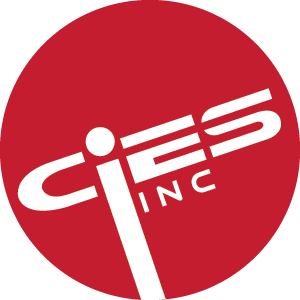MANUFACTURING LARGE AIRCRAFT
Custom Solutions.

Filling a Post-WWII Piston Airliner
While it has been standard large aviation practice to utilize capacitive fuel senders since the dawn of the jet age, there has been considerable interest in developing a non-contact methodology to improve fuel tank safety.
The FAA advisory circular 25.981C sets a high bar for ensuring that no dangerous amount of electricity is present in the aircraft fuel tank under all conditions. Because capacitance fuel senders use electricity to measure the fuel, this is critically important for this design.
Float senders are considered not technically feasible, however float sensors were utilized effectively by transport aircraft in the piston age.
Much of the suitability arguments that are made are a reflection of the marketing effort Simmonds Precision put forward with their case for the new Pacitor capacitive fuel system. There is a persistent, but false, belief that float senders cannot handle attitude changes in aircraft. Liquidometer, a competitor to Simmonds, had several patents for just this feature. You only need a plurality of senders, like they have with a capacitive system, and the problem can be resolved.
Capacitive senders have several critical liabilities related to aircraft use and yet the technology persists. Systems like fuel tank inerting are accomplished in part due to the hazard presented by capacitive fuel quantity.

Float Sender Diagram
A non-contact, intrinsically safe fuel sender that uses a float has many benefits. Ability to measure from upper wing skin to lower wing skin without issues related to lightning attachment. Absolute fuel measurement without the use of permittivity measurement and densometers. Simpler systems and the moving part can be optimized to compensate for aircraft.
A modern non-contact, intrinsically safe fuel sender that uses a float has many benefits. Ability to measure from upper wing skin to lower wing skin without issues related to lightning attachment. Absolute fuel measurement without the use of permittivity measurement and densitometers. In aircraft, a simpler system is a better system, the simple non-contact moving part is not a liability.
Our MTTF of over 90,000 hrs proves the point.
CiES Fuel Senders are designed to be installed in any type of aircraft fuel tank (metallic, bladder or composite) and are compliant with the latest applicable safety standards, including AC 25.981-1C.
Certifications
Learn More

